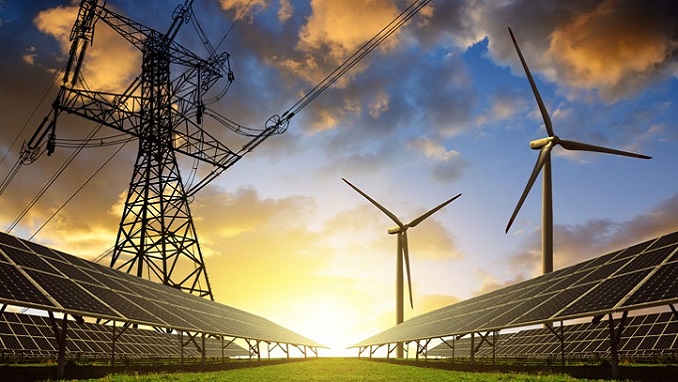Gas prices in Europe have risen significantly, surpassing $800 per 1,000 cubic meters. Price increases have been on the rise since late August, according to Vedomosti.
Unstable renewable energy generation is one of the causes of the problem. The lack of wind that has plagued northern Europe for many weeks has decreased the proportion of wind power stations in the United Kingdom’s energy output, prompting officials to restart the West Burton A coal power plant.
Across the Atlantic, similar issues have arisen. According to media sources, California may experience power shortages due to a continuing drought that has decreased hydropower production, as well as forest fires that pose a threat to power lines carrying energy from neighboring US states.
“The present scenario raises concerns about the transition to renewable energy sources.” Their stability is now poor, resulting in spikes in gas consumption as well as increases in electricity and fuel prices, according to Pavel Mitrofanov, Corporate and ESG Ratings Managing Director at Expert RA rating agency. He believes that the European Union is unlikely to forsake its environmental objectives in the near future, which would result in “price shocks at times of power shortages.”
Dmitry Marinchenko, Natural Resources Senior Director at Fitch Ratings, believes that increasing gas and power costs would harm energy-consuming sectors such as steel and petrochemistry, where gas is utilized as a feedstock. Furthermore, a price increase may have a negative effect on macroeconomic indices such as inflation, consumer demand, and economic growth rates.
Much will rely on how cold the coming winter is and if Russia’s gas behemoth Gazprom increases spot market gas sales. So far, it seems that Gazprom is not in a rush to expand supply.












